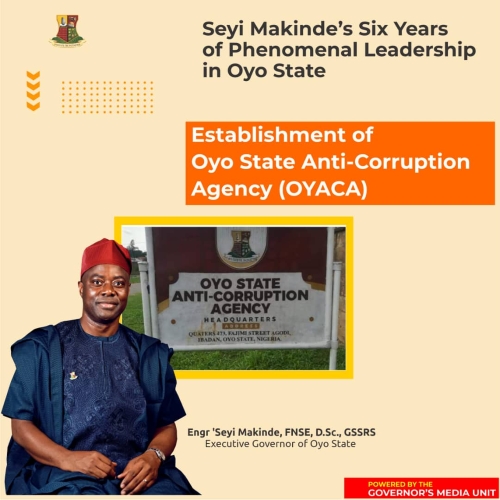
Following the country’s escalating food crisis and soaring commodity prices, President Bola Tinubu has directed the immediate release of over 102,000 metric tons of various grains from the National Food Reserve and the Rice Millers Association of Nigeria.
The announcement was made by the Minister of Information and National Orientation, Mohammed Idris, following the conclusion of a series of meetings of the Special Presidential Committee on Emergency Food Intervention at the Aso Rock Villa on Thursday.
Idris stated, “The Ministry of Agriculture and Food Security has been instructed to release approximately 42,000 metric tons of maize, millet, garri, and other essential commodities from their strategic reserves for immediate distribution to Nigerians. Discussions were also held with the Rice Millers Association of Nigeria, resulting in the commitment to provide around 60,000 metric tons of rice from their stores, ensuring sufficient supply for the next one to two months.”
Following this presidential directive, there have been controversies over how the food can be evenly and justly distributed. Many people believe that corruption in Nigeria won’t allow the food to reach those who are actually suffering.
In order to justly distribute the over 102,000 metric tons of food, the Federal Government (FG) should consider the following advice:
1. Transparent Distribution Process: The FG should establish a transparent and accountable distribution process, ensuring that the food reaches the intended beneficiaries. This can be achieved by involving non-governmental organizations (NGOs), community leaders, and local authorities in the distribution process.
2. Needs Assessment: A thorough needs assessment should be conducted to identify the regions and communities that are most affected by the food crisis. This will enable the FG to prioritize the distribution of food to those who are in dire need.
3. Target Vulnerable Groups: The FG should prioritize vulnerable groups such as internally displaced persons (IDPs), women, children, and the elderly in the distribution process. These groups are more likely to suffer from malnutrition and food insecurity.
4. Geographic Spread: The food should be distributed across all states and regions of the country, ensuring that no area is left out. This will prevent the concentration of food distribution in certain areas, which may lead to resentment and further exacerbate food scarcity in other regions.
5. Subsidized Prices: As suggested by some Nigerians, the FG should consider selling the food at subsidized rates. This will make it more affordable for those who are facing economic hardship due to the food crisis. However, it is important to ensure that the subsidy does not lead to corruption or smuggling of the food.
6. Public Awareness and Accountability: The FG should regularly update the public on the progress of the food distribution, ensuring transparency and accountability. This can be done through the use of social media, press releases, and town hall meetings.
7. Collaboration with Stakeholders: The FG should collaborate with relevant stakeholders, such as local farmers’ associations, food banks, and humanitarian organizations, to ensure effective distribution and utilization of the food. This collaboration will enable the FG to tap into local knowledge and resources.
8. Long-term Solutions: While the immediate distribution of food is crucial, the FG should also focus on implementing long-term solutions to address the underlying causes of food scarcity. This may involve investing in agriculture, improving infrastructure, and implementing policies to reduce post-harvest losses.
Above all, the government should sell the food at subsidized rates. By doing this, the food can evenly and justly reach all Nigerians, and this can be a long-term solution.
By following these recommendations, the FG will be better equipped to justly distribute the over 102,000 metric tons of food and alleviate the current food crisis in Nigeria.











